How does Water Reach the Top of the Tree from the Roots?
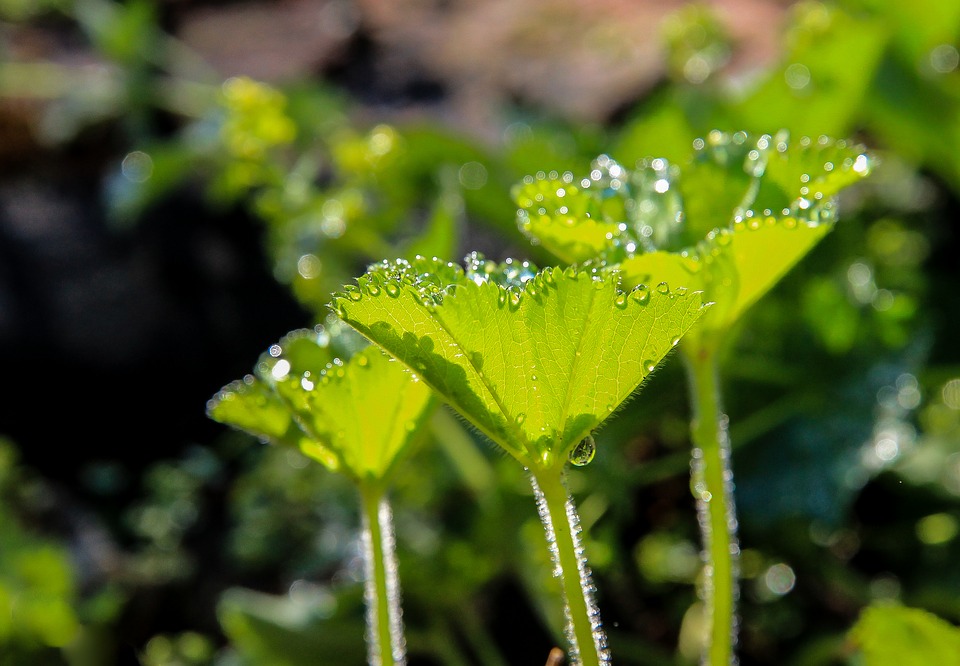
How does water reach the top of the tree from the roots?
Without water, life would not be possible on earth. You already know that we, human beings, cannot survive without water. Whenever we feel thirsty, we drink water. Our body uses this water to regulate body temperature and to maintain other bodily functions. No living being can live without water.
Not only us, but plants, too, need water to survive. If you don’t water the plant properly, you will see that plant becomes weak and dies after few days.
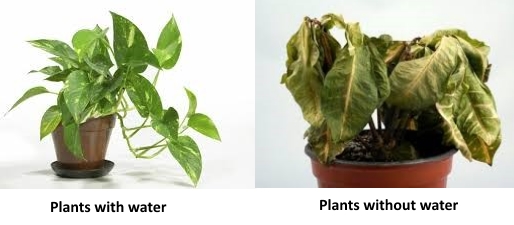
But, how do plants intake water? We drink water from a glass or a bottle. We store water in pots to be used for various purposes. But how do plants get water? You know that plants can’t drink water like us. Then, what do they do? Their process of consumption of water is unique. They have developed an effective system of water absorption, transportation to the body, storing and utilisation.
Do you know from where plants get water and how do they absorb it? Let’s discuss this.
We know that water is stored under the ground. And we also know that roots of a plant grow underground and hold them erect on the ground. Roots go inside the ground in search of water and nutrition stored in the soil and absorbs this water by its roots. Have you ever thought how?
When we drink lemonade from a bottle, we suck the lemonade by a straw or pipe; it is pulled upward through the pipe and lemonade reaches to our mouth. In the case plants, roots absorb the water and nutrients from the soil. This water and nutrients reach the whole body, branches and leaves of the plants. But how does this happen? This happens because there is a unique mechanism which helps plants to take up the water and nutrition from the soil to the leaves.
To understand this mechanism, first, we have to discuss the factor that enables the suction of water and nutrients by the roots from the soil.
In this respect, the leaves of the plant play a significant role. What is that? We know that there are enumerable tiny pores present in the leaves, mostly on the underside of the leaves. These are called stomata. Water from the plant evaporates as vapour through these tiny pores e.g. stomata. This is called transpiration, which is similar to the way you sweat in the summer. But, can you say why the transpiration is so important? This is because, firstly, the transpiration makes the plants cool, in the same way sweat cools your body down, and another is that, this process enables the plant to pull the water, that is absorbed by the roots, up to the leaves. The speed of absorption of water by the roots depends on the speed of transpiration by the leaves.
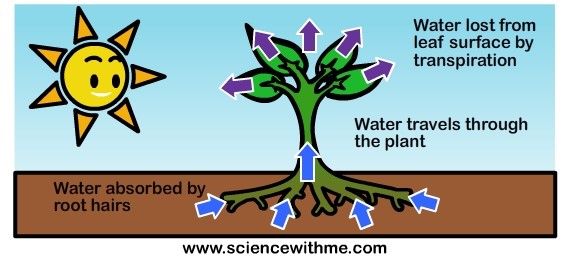
Water from the soil is absorbed by root hair, present in the roots. Now, what is root hair? Root hairs are very thin hair-like growth just above the root tips. There are millions of root hair on the roots of a plant. Root hair helps to increase the surface area of the root. This enables the roots to absorb more water.
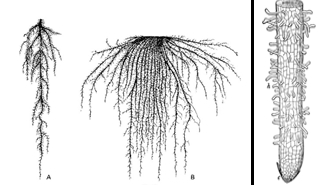
Root hair
Root hair contains a solution called cell sap. The concentration of root sap is higher than the concentration of soil water. Root hair has thin membrane that allows absorption of water from the soil. The process by which soil water is absorbed is called osmosis.
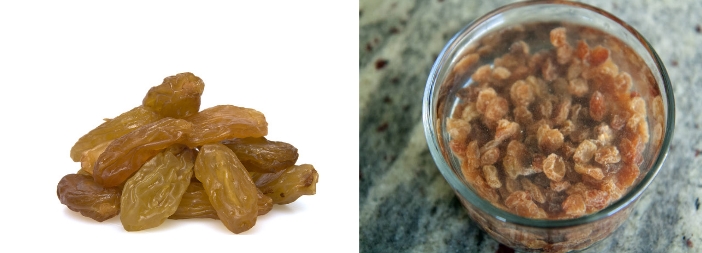
Now, I am sure you will want to know, what is osmosis? Osmosis is the process of carrying fluid through a semipermeable membrane from less concentrated to more concentrated fluid. Let’s try to understand this with the help of an example. If you soak raisins in water, after a few hours, you will see that they swell up. How does this happen? This is because the concentration of solution inside raisin is higher than that in water. So when raisins are kept in bowl of water, water starts to move inside the raisins through outer skin of the raisin. This process called osmosis
The same thing happens in case of absorption of water by root hair. The concentration of fluid inside the root hair, i.e. cell sap, is higher than the concentration of water in the soil. By the process of osmosis, water from the soil moves inside the root hair through the thin cell membrane.
Plants have excellent water transportation system. They have a huge network of tube-like channels. These are made up of two types of tissues – xylem and phloem tissue. Plants use these tube-like tissues to transport water and nutrients to the different parts of a plant. These pathways of tissues start in the roots. From there these extend up along the trunk of the plant, and then spread into the branches and then, further up to the leaves. Phloem tissues run alongside the xylem tissues.
Now the question is, what causes the water to rise up? There are two forces that combine to move the water upwards through these tubes: transpiration and root pressure.
Transpiration creates a pump-like action in leaves. When water vapour escapes the leaves, by the process of transpiration, it creates a vacuum, or need, for more water. To replace this lost water, a pulling action of water starts in the xylem tissues present in the leaves. This pulling action extends to the rest of the xylem tissues up to the roots. This is like as we suck lemonade by a straw. This process produces a flow of water and minerals from the roots to the leaves. As I have already mentioned, the speed of this upward water flow directly depends on the speed of transpiration.
Root pressure occurs when water flows into the roots through osmosis due to differences in the concentrated solutes between the soil and roots. This higher pressure in the roots exerts a slight upward force on the fluid column. Combination of these two forces are enough to pull the water to the leaves.
Thus we can see that plants have devised a distinctive yet simple technique to absorb the water nutrients that they need from the soil.






দারুন লাগছে পড়ে, সুস্মিতা।এটা একটা বেশ ভালো occupation হয়েছে।আমার email id shikhasn3@gmail.com